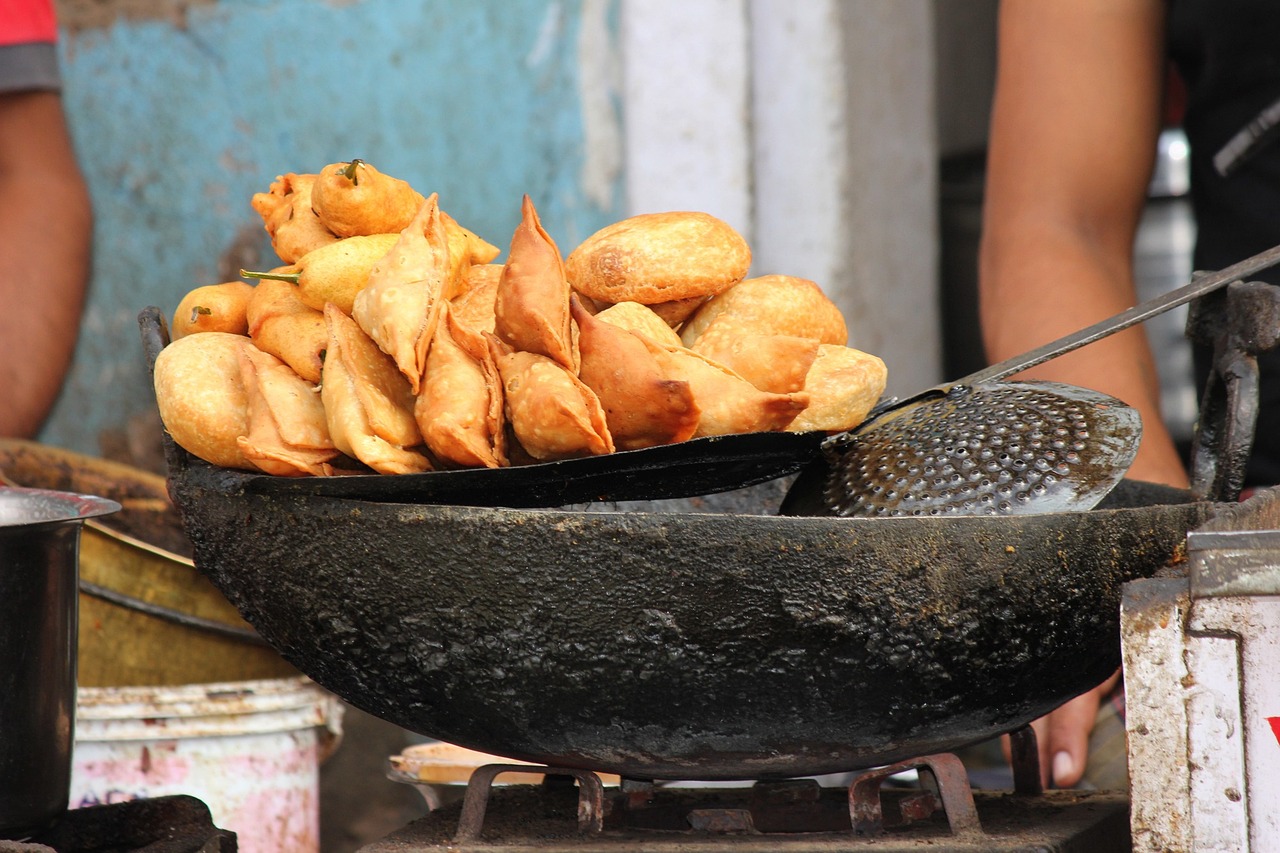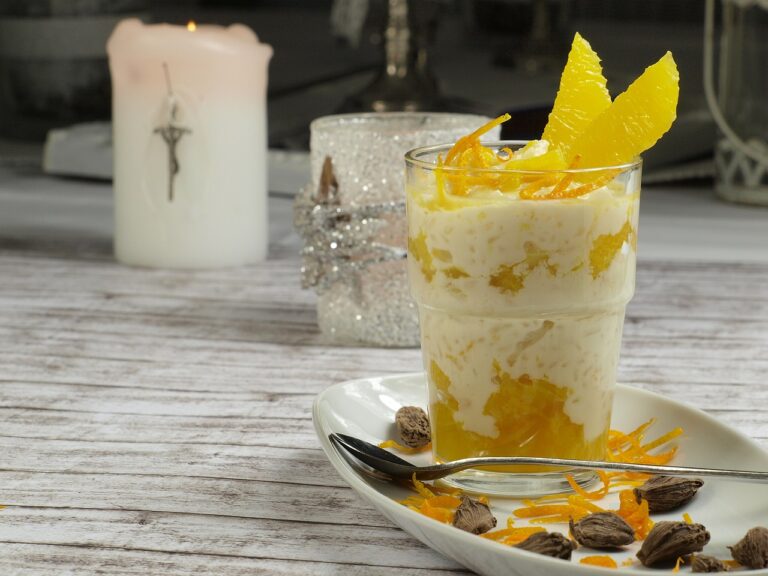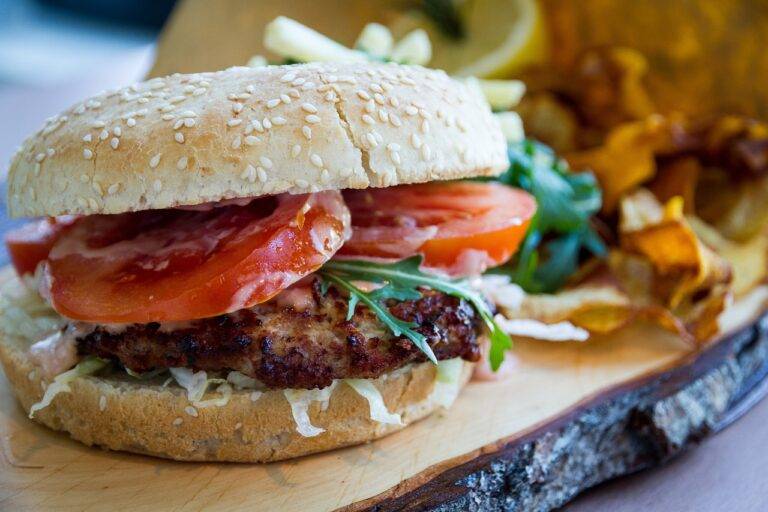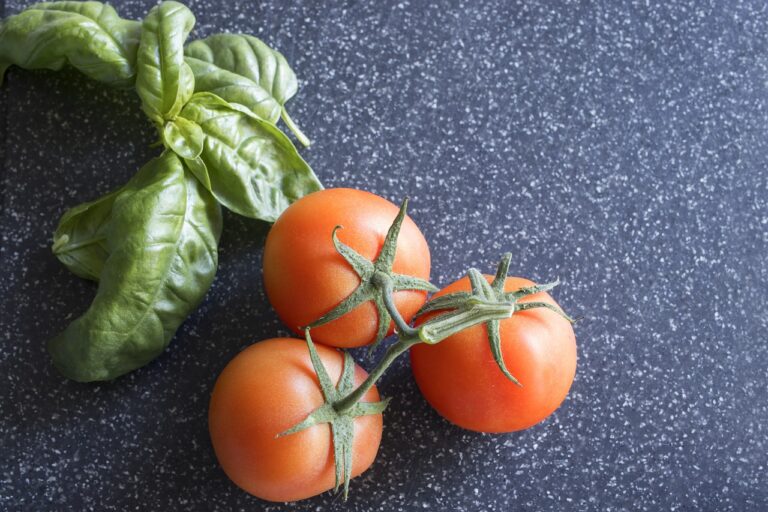The Art of Food Preservation: From Pickling to Canning.
The practice of food preservation dates back to ancient times when people discovered techniques to extend the shelf life of their food. Early methods such as drying, smoking, and fermenting were developed out of necessity to ensure a stable food supply throughout the year. In ancient civilizations like Egypt, Greece, and Rome, food preservation techniques played a vital role in food security and survival.
As human civilization progressed, the importance of food preservation became more prominent. The invention of canning by Nicolas Appert in the early 19th century was a groundbreaking development that revolutionized the food preservation industry. This innovation paved the way for the modern methods of food preservation that we rely on today, allowing us to enjoy a wide variety of foods all year round.
Different Methods of Food Preservation
When it comes to preserving food, there are various methods that have been utilized for centuries. One of the most common methods is drying, where the moisture content of the food is reduced to prevent the growth of bacteria. This method not only prolongs the shelf life of foods like fruits, vegetables, and meats, but also concentrates their flavors.
Another popular method of food preservation is canning, which involves sealing the food in airtight containers to prevent spoilage. This technique is effective in preserving a wide range of foods, from jams and pickles to soups and meats. By eliminating oxygen from the containers, canning helps to inhibit the growth of microorganisms that cause food to spoil.
Benefits of Pickling
Pickling is a traditional food preservation method that offers numerous advantages. The process involves immersing food in a mixture of vinegar, salt, and spices, which not only extends the shelf life of the food but also enhances its flavor profile. Pickling helps in maintaining the nutritional value of fruits and vegetables by preserving essential vitamins and minerals during the fermentation process.
Furthermore, pickled foods can add an exciting and tangy element to meals, making them a versatile addition to various dishes. From pickled cucumbers and carrots to peppers and beets, the range of pickled vegetables available allows for creative culinary combinations. The acidity from pickling not only imparts a unique taste but also aids in digestion, making pickled foods a refreshing and healthful choice for any meal.
What is the history of food preservation?
Food preservation has been practiced for thousands of years, dating back to ancient civilizations who used techniques like salting, drying, and fermenting to preserve food.
What are some different methods of food preservation?
Some common methods of food preservation include canning, freezing, drying, smoking, and pickling.
What are the benefits of pickling?
Pickling not only preserves food but also enhances its flavor, adds beneficial probiotics, and can increase the shelf life of fruits and vegetables. It also allows for the consumption of seasonal produce year-round.







